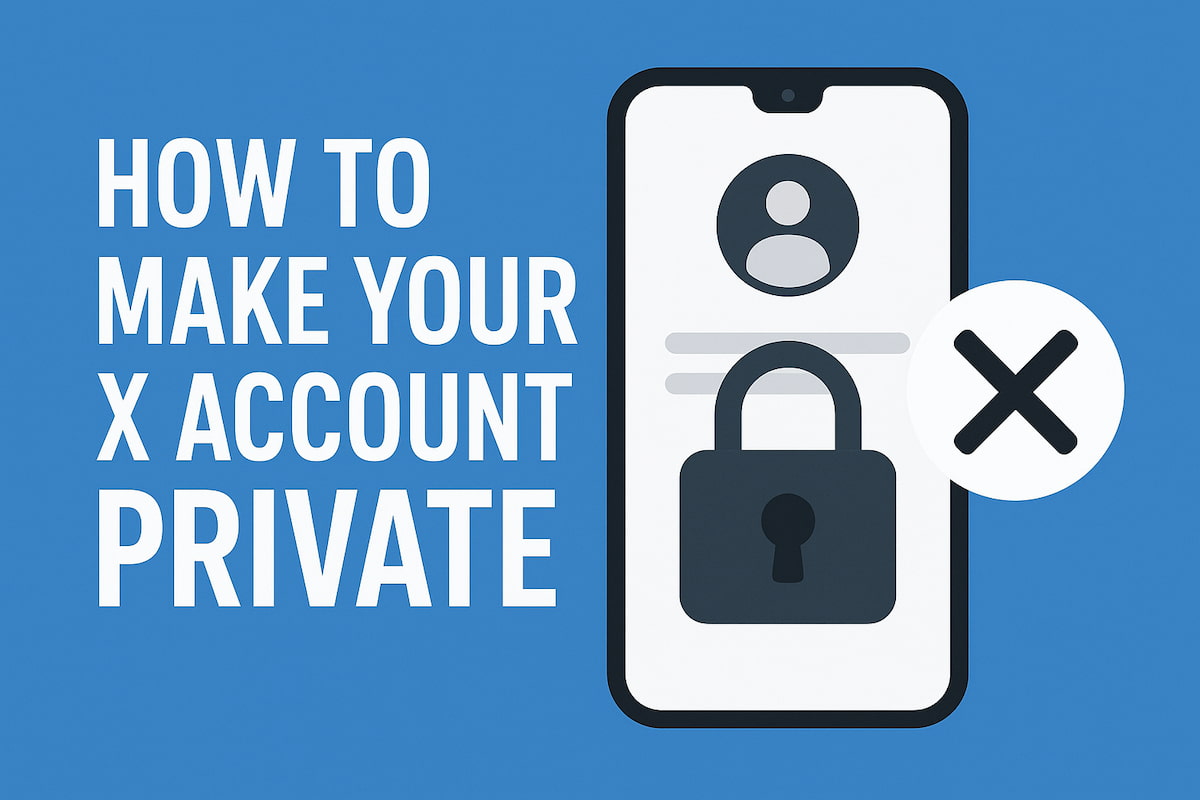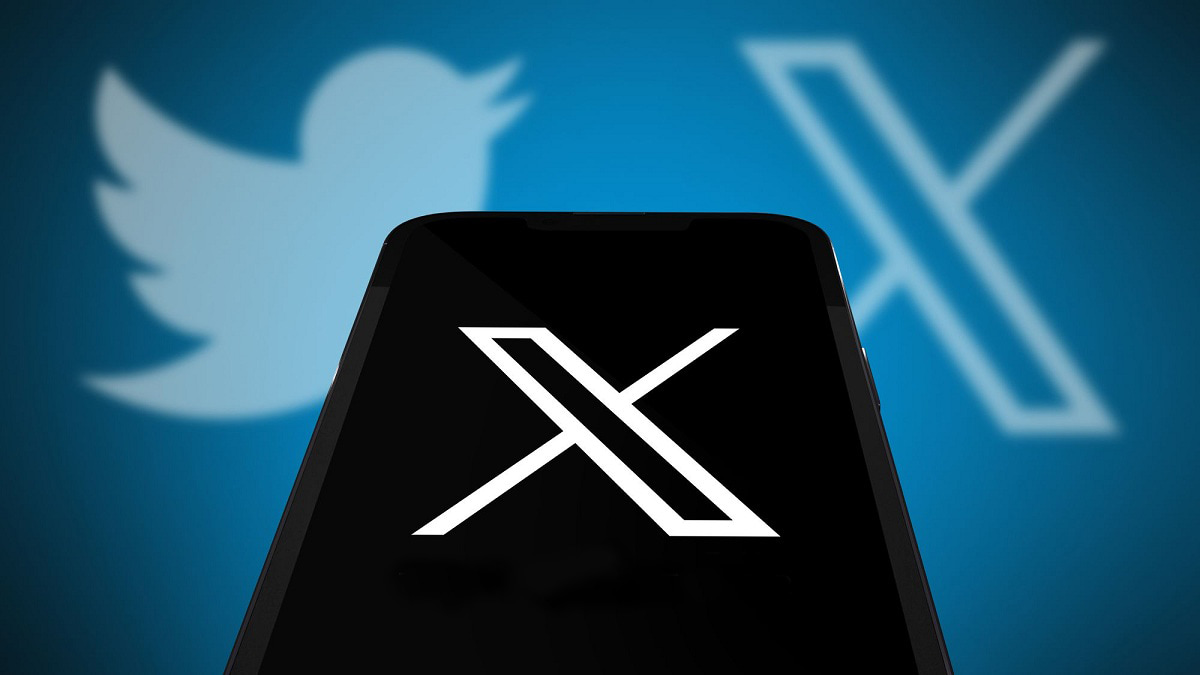Hashtags might seem like a small thing, but on Twitter (X), they can play a big role. Picture this: you’ve got an awesome tweet with great content, but no one’s seeing it. Why? Because you forgot one small but important element – hashtags. Don’t underestimate them. Yet, a lot of people still throw them in randomly. They probably think tags are some magic wand that’ll do the work for them.
Spoiler alert: they won’t.
So, how do you figure this out and stop playing hashtag roulette? Let’s see how to use hashtags wisely, so your tweets actually reach the right audience.
Little Hashtags, Big Reach
A hashtag is a word or phrase preceded by the symbol #. At first glance, it might seem like just a decoration for tweets, but in reality, it’s a great tool. It acts as a tag that helps Twitter understand what your post is about and shows it to people searching for that topic. Simply put, hashtags turn ordinary words into clickable links. These links lead to a stream of tweets on the same topic.
How does it work?
When you add a tag to your tweet, Twitter (X) automatically sorts it and includes it in a specific category. For example, if you use #Marketing, your tweet joins the feed of all tweets mentioning that hashtag. It’s an awesome and easy way to join popular conversations or stand out in a niche one.
In short, the right tags can improve your reach. With the right tags, your tweets are seen not only by your followers but also by those searching for new ideas or trending news. Tweets with hashtags get 2x more engagement than those without.
Popular and Local Trends
Hashtags can be global or local. Depending on which topics are trending, X will suggest the most talked-about tags to users. A few minutes ago, the whole world was talking about #OlympicGames2024, and today it’s all about #AppleEvent.
But there are also local hashtags that might be popular in specific countries or cities. It all depends on your target audience and where you’re aiming your content.
Why Do You Need Them?
Here’s the simple truth: if you don’t want your tweets to disappear into the void, use hashtags. They’re your chance to increase visibility and reach without extra budget. With hashtags, you can get your audience involved and encourage them to like, retweet, and comment.
Additionally, hashtags help X’s algorithm understand the relevance of your tweet. The more engagement a post gets (likes, retweets, comments), the more Twitter will show it in recommendations or trending topics.
Hashtags are still going strong in 2025. Twitter (or X) is still the king of hashtags. If you’re doubtful, just take a peek at your feed and try to find a post without a single hashtag. Did it work? Let us guess—the experiment failed!
So, tags are a strategy. And they should be taken just as seriously.
Types of Hashtags and Their Role in Twitter Marketing Strategy
You’d think hashtags on X (formerly Twitter) are simple and straightforward, right? But it turns out, there are different types of hashtags, each with its own purpose. They’re not all the same and can serve different goals.
Branded Hashtags
If you want people to talk about your brand, create a unique branded hashtag. This is a tag directly linked to your business, product, or campaign. Remember #JustDoIt for Nike or #ShareACoke for Coca-Cola? People see that tag, start using it, and boom—your brand gets more mentions and attention. And it happens organically.
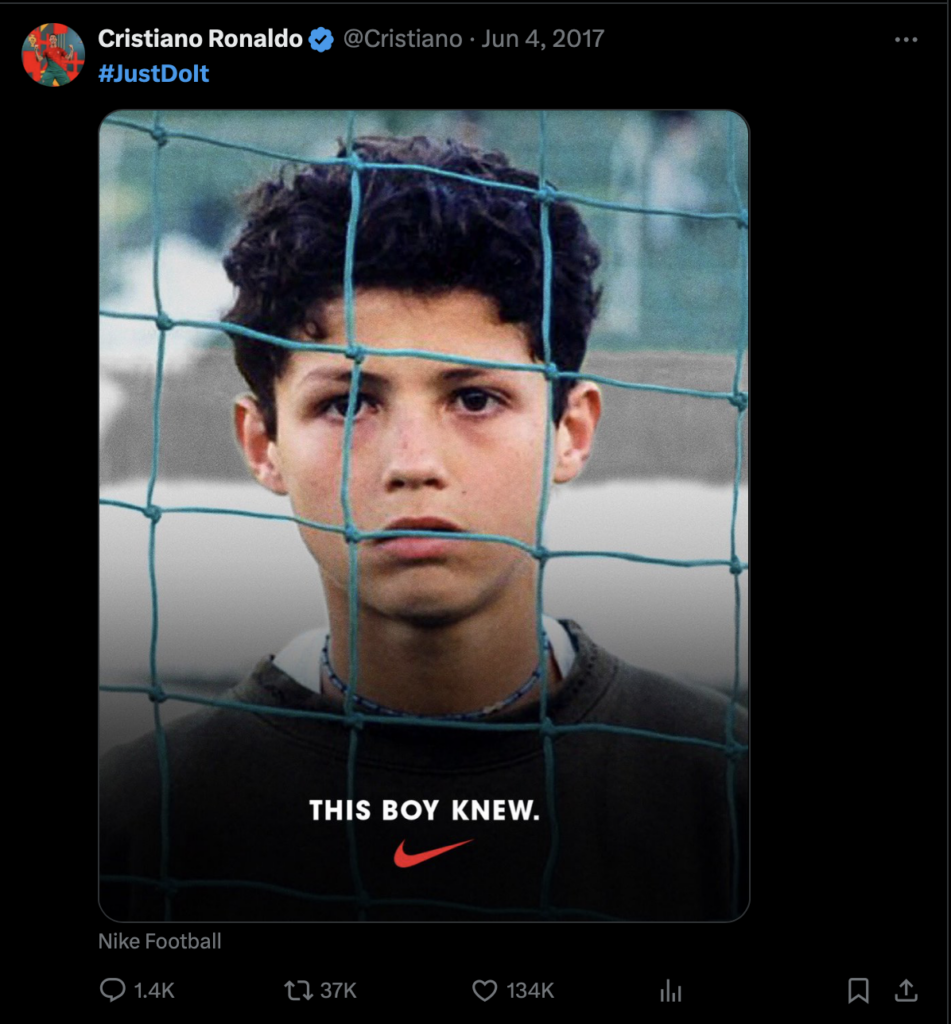
Key point: a branded tag should be simple, memorable, and directly related to your product. And most importantly, use it consistently. Don’t let it fade away in the flood of other tweets.
Smaller brands shouldn’t expect the same massive usage as Nike or Coca-Cola. But don’t toss this idea out just yet. It can still work well with the right creative marketing approach from a seasoned marketer.
Trending Hashtags
This one’s easy: trends are what everyone’s talking about right now. See a hashtag blowing up? Jump in! It’s your chance to join the conversation and push your content while the topic’s hot.
Just be careful, don’t play hashtag roulette. It’s best if you can organically tie your product or idea into the trend. For example, if #EarthDay is trending, why not talk about how your business supports eco-friendly practices?
A great example is how various sports brands integrated trending hashtags like #OlympicGames2024 or #Paris2024 into their marketing during the Paris Olympics. It looked natural and aligned perfectly with their messaging.
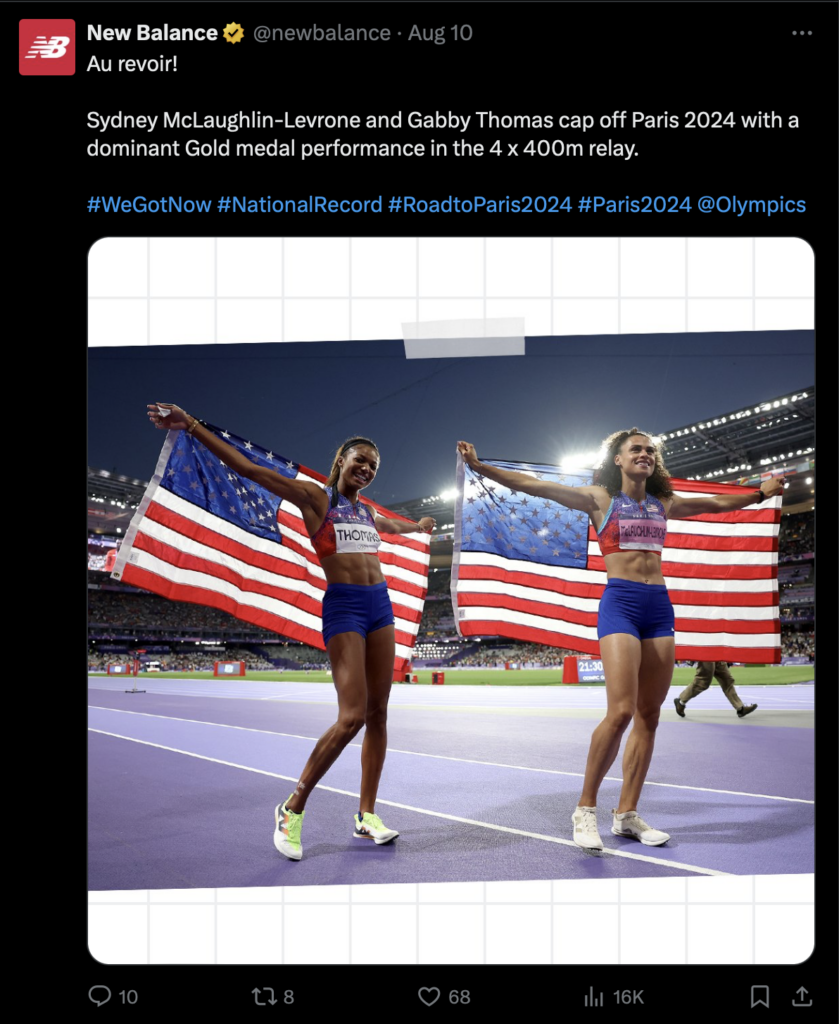
Trending hashtags always offer a quick way to grab new audience attention and expand your reach (especially if you catch the wave at the right time).
Specialty and Niche Hashtags
Niche hashtags are perfect when you need to hit the interests of a specific audience. They might not be as popular as trending tags, but they attract people who are genuinely interested in your topic.
For instance, if we were selling organic products, we might use hashtags like #OrganicLifestyle or #HealthyEating. These are hashtags that would resonate with those following the topic, and they could hypothetically become loyal customers.
A mini fitness trampoline perfectly exemplifies this targeted hashtag approach, where enthusiasts obsessively follow specific tags like #ReboundFitness or #TrampolineWorkout to discover new routines, accessories, and fellow bouncers in their niche fitness community.
Unlike crowded generic fitness hashtags that disappear within minutes, these specialized trampoline tags maintain visibility for days, connecting genuinely interested buyers with relevant products and workout inspiration at precisely the moment they’re actively seeking solutions.
Savvy sellers in this space leverage seasonal variations like #SummerRebounding or #RainyDayWorkout to capture buyers as weather drives their exercise routines indoors or outdoors, creating perfectly timed touchpoints throughout the year — just like how eco-conscious brands promote items such as a merino wool beanie during colder months using niche hashtags like #WinterGear or #EcoFashion.

The secret here is not to blindly throw in popular tags but to find the ones that will actually connect with your potential customers. That’s our top tip. Popular hashtags might just not work for you.
In the end, the right combination of branded, trending, and niche tags is the gold you should be aiming for. Each type serves its own purpose, and together, they build a strong strategy. The key is to think about what you want to say and the response you want to get!
How to Choose and Use Hashtags Properly
First and foremost, know your audience. What are their interests? What keywords do they use to search for content that matters to them? Understanding this will help you choose hashtags that truly resonate with them.
Use research and analytics. Keep an eye on metrics from tools like Google Trends. Analyze which tags are already popular in your niche. Think about which words or phrases reflect your content and will be relevant to your audience.
If you’re writing about the latest design trends, hashtags like #DesignTrends or #UXDesign will make more sense than generic ones like #Design or #Art.
Also, pay attention to what your competitors and thought leaders in your field are using. This doesn’t mean you should copy them, but it will give you ideas and help you see what really captures attention.
If you’re managing a sales or marketing team, pairing your Twitter insights with sales management tools can help you track conversations, monitor engagement, and connect your hashtag strategy to real business outcomes.
Using Tools to Find the Best Hashtags
Intuition is great, but tools can make your life easier. Use services like Hashtagify and RiteTag to find the best tags for your content.
- Hashtagify. This tool lets you explore hashtag popularity, trends, and related tags. It also provides insights into what tags your competitors are using and which ones are most effective. You can see how often a specific tags is used and what related hashtags can help you build a more comprehensive strategy;
- RiteTag. RiteTag offers real-time analysis, showing how well a specific hashtag performs for your content. It evaluates tags based on criteria like reach, engagement, and potential impact. This helps you choose tags that are not only popular but also drive meaningful audience response;
- Twilert. This tool is another one to consider. Twilert tracks what your competitors are using. You can analyze their strategies, see which tags work for them, and adapt your approach. If your competitors are actively using certain tags, you might want to try them in your content to stay on trend. Twilert functions like an advanced search, sending you updates via email based on the criteria you set.
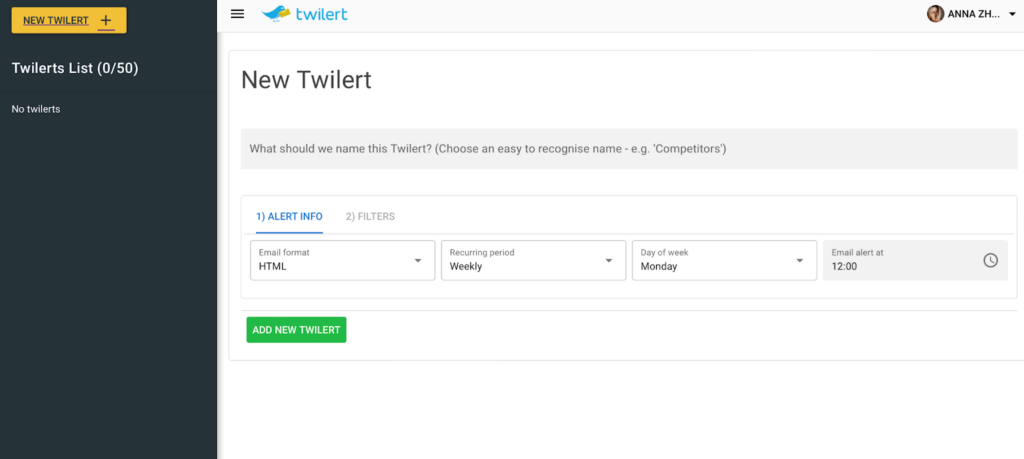
These tools are helpful for selecting hashtags. And you’ll likely find it useful that they allow you to track their effectiveness. After all, the goal is to see how your tags perform.
Avoid Overloading Your Content
Twitter (X) recommends using 1 to 3 hashtags per tweet. This helps keep your posts clean and readable, without turning them into spam. Think of tags as seasoning: just enough to highlight key topics, but not so much that they overshadow the message itself.
Too many tags can make your tweet look like a promotional banner. Experiment with the number of hashtags and track what works best. For trending discussions, you can use a bit more, but for targeted content, it’s best to stick to the minimum.
Remember, each tag should serve the purpose of your post and complement the main idea.
Hashtag Mistakes and How to Avoid Them
So, we’ve briefly touched on some red flags when working with tags on X. Now, let’s find out what you definitely shouldn’t be doing!
Overusing Hashtags
Trying to use all the popular tags in one post? That might backfire on you. Imagine a tweet with hashtags like #MondayMotivation #MotivationMonday #Inspiration #InspireMe #FeelingGood and so on. That many tags can look spammy.
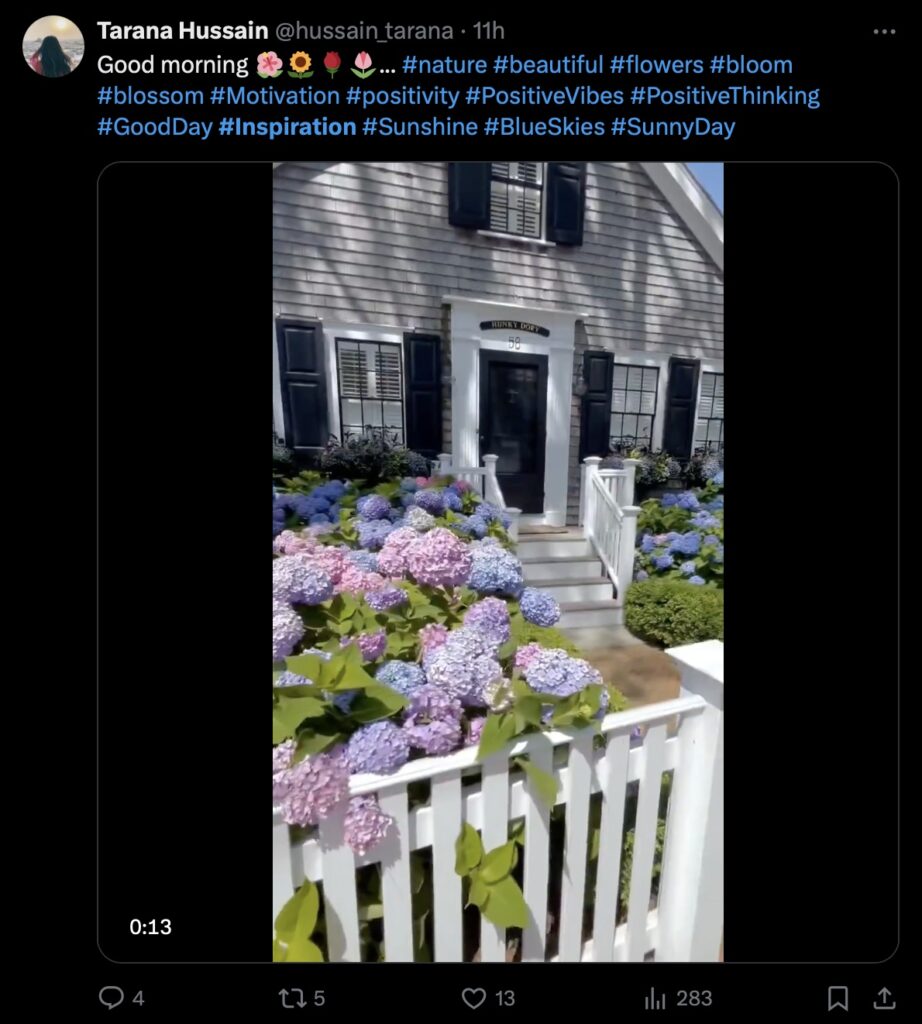
When you add too many hashtags, your tweet gets cluttered, and the main message gets lost. Brands that do this often see a drop in engagement because their posts look unnatural and overloaded with information.
As mentioned before, the optimal number of tags is 1-3. They should be carefully chosen and really fit your content.
Using Irrelevant or Unpopular Hashtags
Mistake number two is using hashtags that don’t relate to your content. For instance, if you’re writing about a new vegetarian recipe and you add tags like #Fitness or #Travel, you risk attracting the wrong audience.
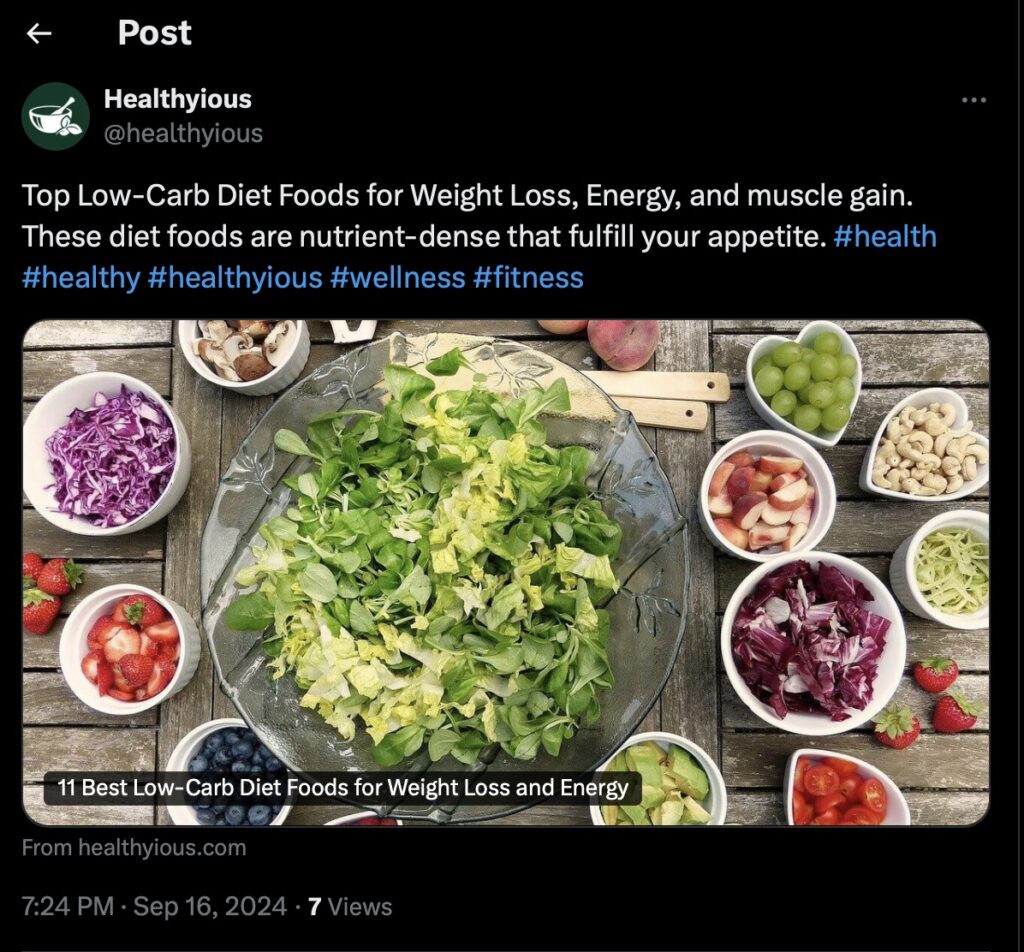
Your tags should accurately reflect the content of your post. For culinary content, it’s better to use hashtags like #VeganRecipes or #HealthyEating.
Ignoring Local or Language-Specific Nuances When Choosing Hashtags
This is where you can really go wrong. If you’re running a campaign in a specific region and your hashtags are only tied to general or international topics, you might not reach a local audience.
For example, if you’re posting about summer events in Barcelona and only use English hashtags like #SummerEvents, you’re missing out on reaching the Spanish-speaking audience.
Instead, add tags in the region’s language, like #EventosDeVerano. This helps your content be visible to those searching for current events in their language and region.
Avoid these mistakes to make sure your hashtags work for you, not just sit there looking pretty.
Hashtags and Analytics: How to Measure Success
Now that you’ve picked and used your tags, it’s time to figure out how they’re performing. How do you measure their success? Here are three key metrics to keep an eye on:
- Engagement. This metric shows how your audience is interacting with your content. It includes likes, comments, and retweets;
- Reach. Reach tells you how many unique users have seen your tweet. For example, if you use the tags #TravelTips and your post reaches 10,000 unique users, your content has made it in front of a lot of people;
- Retweet Count. Retweets show how interesting and useful your content was to others. It’s a good indicator that your hashtag and content were relevant.
Analytics Tools for Tracking Hashtag Performance
To avoid just guessing how your content is performing, use analytics tools.
Twitter Analytics is a built-in tool that helps you track key metrics right within X. It shows how your tweets are performing with tags, which tweets got the most engagement, and which tags delivered the best results.
Also, as we mentioned earlier, third-party tools like Hashtagify and RiteTag can be used at this stage as well. Based on the collected data, it’s easier to see which tags are providing the best response and how their effectiveness changes over time.
How to Adjust Your Strategy Based on the Data
Now that you have the data, it’s time to act. How do you adjust your strategy based on what you’ve learned?
If you see that certain hashtags lead to more engagement and retweets, use them more often. For example, if #EcoFriendly gets more likes than #SustainableLiving, then you should use it more in the future and keep it in mind.
If your reach is low, try changing your hashtags or their number. Maybe your content wasn’t relevant enough to current trends. If you notice that one hashtag performs better at a certain time of day, plan your posts for those times.
Continuously test new tags and strategies. Do A/B testing to see which hashtags work best for your audience, and don’t be afraid to adapt your strategy based on the data. Don’t worry about low reach. It just means you need to tweak your strategy and try again.
Data isn’t static; there’s always room to grow and increase your reach. So, make sure analyzing metrics is an ongoing process.
Conclusion
Hashtags aren’t as complicated as they might seem at first glance. Approach tags selection smartly, and they’ll start working for you.
You already know how to pick the right tags, how not to overdo it, and how to avoid common mistakes. Use analytics to see what works and what doesn’t. Try different combinations, track the results, and adapt accordingly.
Remember we said that hashtags are like spices in a recipe. They should be enough to add flavor but not so much that they overpower the main ingredient. And your main ingredient is the content.


